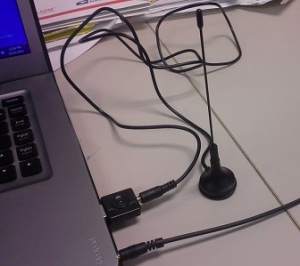In the News: Two ham radio satellite payloads destroyed in Antares launch explosion
The ARRL reports that two Amateur Radio payloads were destroyed in the October 28 explosion of the Antares 130 rocket:
The RACE and GOMX-2 CubeSats were among more than 2 dozen satellites lost after an unmanned Orbital Space Sciences (OSC) Antares 130 vehicle exploded spectacularly shortly after launch at 2222 UTC on Tuesday, October 28, from the Mid-Atlantic Regional Spaceport on Wallops Island on Virginia’s Eastern Shore. Both satellite packages carried Amateur Radio payloads. The Antares is a new medium-class launch vehicle developed by OSC. The rocket exploded about 6 seconds after launch, sending a huge ball of fire hurtling toward the ground, which set a massive fire at the NASA launch site.


